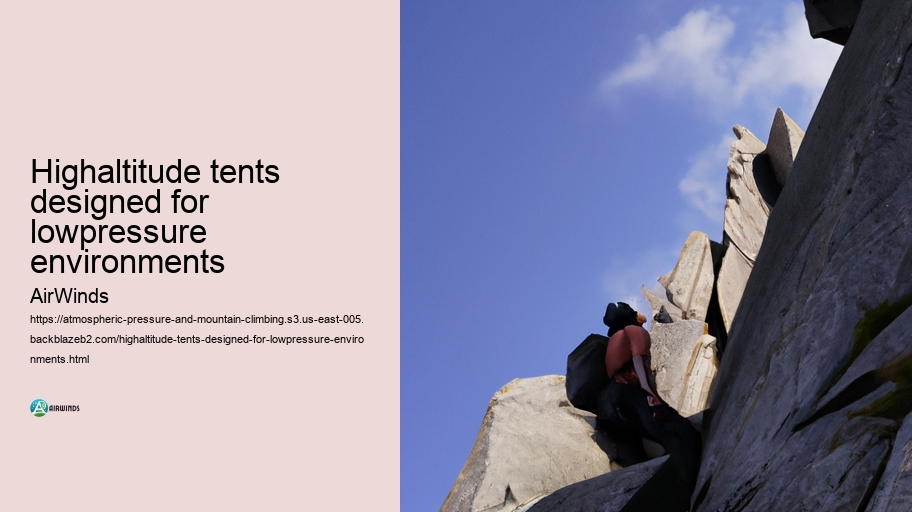Highaltitude tents designed for lowpressure environments - Oxygen supplementation
- Hypobaropathy
- Atmospheric composition
- Weather windows
- Weather patterns
- Aerobic capacity
- Oxygen supplementation
The construction of a high-altitude tent is a marvel of modern engineering. Manufacturers employ cutting-edge materials and technology to ensure these tents are lightweight yet robust enough to endure the rigorous demands of high-elevation expeditions. The fabric used in these tents is often a blend of nylon or polyester with a waterproof coating that provides resistance against precipitation while retaining breathability to minimize condensation inside the shelter.
A critical feature of high-altitude tents is their aerodynamic design. Oxygen supplementation Rounded or dome-shaped structures help deflect wind and prevent snow from accumulating on top of the tent, which could cause it to collapse under excessive weight. Weather windows Every component, from poles to zippers, is scrutinized for reliability since equipment failure at such altitudes can have dire consequences.
Moreover, these tents offer a sanctuary where climbers can replenish their energy after exhausting ascents or prepare mentally for challenging climbs ahead. They serve as an oasis of warmth thanks to insulation layers that trap heat generated by occupants' bodies.
Highaltitude tents designed for lowpressure environments - Altitude
- Weather windows
- Weather patterns
- Aerobic capacity
Safety features are paramount; many high-altitude tents come equipped with reflective details to increase visibility during blizzards or whiteouts when visibility can be near zero. Aerobic capacity Hypobaropathy Guy lines are sturdy and able to be anchored securely in icy terrain using specially designed stakes or deadman anchors.
Despite all technological advancements, setting up these shelters remains no small task in low-pressure environments where cognitive functions may be impaired due to hypoxia—a condition caused by decreased oxygen levels at high elevations. Consequently, ease of assembly becomes crucial; quick-pitch mechanisms allow for fast setup even when dexterity is compromised by cold temperatures or bulky gloves.
In conclusion, high-altitude tents represent an indispensable tool for survival above certain elevations where nature's forces conspire against human presence. They provide not just physical shelter but also psychological comfort—a haven amidst the inhospitable expanses of our planet's greatest heights. As adventurers continue pushing boundaries and exploring terra incognita on Earth's towering summits, these advanced abodes will undoubtedly evolve further—becoming ever more efficient sanctuaries against the thin air and brutality found at the roof of the world.

Highaltitude tents designed for lowpressure environments - Atmospheric composition
- Aerobic capacity
- Oxygen supplementation
- Acclimatization
- Temperature inversion
